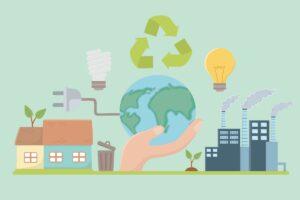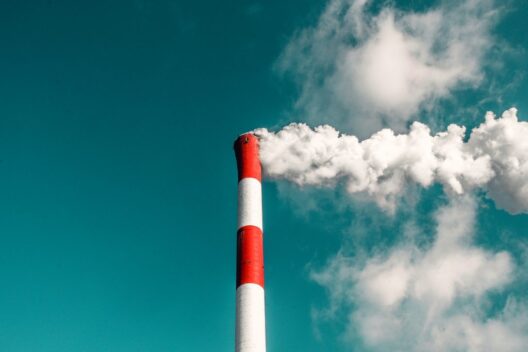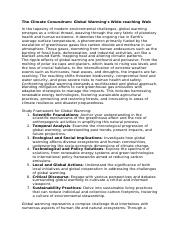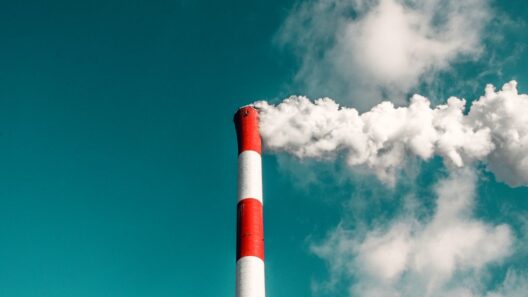Bees play an integral role in the ecosystem, contributing significantly to pollination, which is essential for the reproduction of numerous plants, including many crops that humans consume. Recent studies and debates have illuminated a concerning trend: declining bee populations worldwide. While numerous factors contribute to this alarming decline, an increasingly relevant question emerges—could bees be declining because of global warming?
To understand how global warming affects bee populations, it is essential to grasp the complex interplay between climate, bee biology, and ecological interactions. As temperatures continue to rise due to anthropogenic activities, various environmental changes occur that directly and indirectly impact bees. For instance, warmer temperatures can alter blooming periods and seasonal cues, disrupting the synchrony between flowering plants and the emergence of bee species that rely on them for sustenance.
One of the most apparent ways that climate change threatens bee populations is through shifts in habitat. As global temperatures ascend, habitats suitable for specific bee species may shift poleward or to higher altitudes. This relocation can jeopardize bees that cannot adapt or migrate efficiently due to physical limitations, habitat fragmentation, or competition with other species. The reduction in available habitats further exacerbates their vulnerability, leading to decreased population densities and genetic diversity.
Moreover, climate change has profound consequences on the availability of floral resources. A temperature rise impacts flowering patterns, affecting not only the timing of when flowers bloom but also the variety of plants that thrive in different locales. If a bee species relies on a certain plant for nectar or pollen, a change in the plant’s blooming time can leave bees without essential food sources. Additionally, a reduction in plant diversity can lead to nutritional deficiencies in bee populations, impairing their health and reproductive capabilities.
Harmful pesticides and pollutants similarly contribute to the plight of bees. While these chemicals may not be directly linked to climate change, their effects can become more pronounced in a warming world. Climate stress can make bees more susceptible to these toxic agents, intensifying the negative impact of exposure. As environmental pressures increase, the interaction between bees and pesticides may result in compounded consequences—a scenario where bees under stress are more prone to the debilitating effects of chemical exposure.
A significant component of climate change that warrants attention is the increase in extreme weather patterns. Unpredictable weather, including intense storms, prolonged droughts, and heatwaves, can devastate bee habitats and food sources. For example, torrential rains can destroy blooming plants before bees can access them, while drought can limit the availability of water and forage. Such anomalies not only disrupt the immediate needs of bee populations but can also have long-lasting ramifications on their reproductive cycles and overall health.
Interestingly, climate change can also lead to the emergence of new pests and diseases that further threaten bees. Warmer temperatures may facilitate the spread of pathogens, including the Varroa destructor mite, which has wreaked havoc on honey bee populations. The interaction between climate change, weakened bee immune systems, and novel threats creates a precarious situation that endangers bees and the pollination services they provide.
From an ecological perspective, the decline of bees due to climate change could have cascading effects on the broader environment. The relationship between bees and flowering plants is catalytic; as bee populations dwindle, plants that rely on them for pollination may also decline. This scenario can jeopardize food systems, disrupt local economies dependent on agriculture, and ultimately affect biodiversity and ecosystem resilience.
Addressing the threat of global warming to bees requires a multifaceted approach. First and foremost, there is a pressing need for climate action that targets the root causes of greenhouse gas emissions. The transition to renewable energy sources, improved agricultural practices, and habitat conservation can mitigate climate impacts on bees. Furthermore, enhancing public awareness about the critical role of bees can foster community engagement and support for bee-friendly practices.
Adopting practices that promote biodiversity is crucial. Planting native flowers that bloom at various times of the year can provide crucial resources for bees and ensure their sustenance throughout different seasons. Creating habitats that provide shelter and nesting sites can also help support struggling bee populations. Initiatives that limit pesticide use in agricultural settings and promote integrated pest management can significantly enhance bee welfare.
Ultimately, reassessing humanity’s relationship with nature is paramount. The decline of bees serves as a poignant reminder of the intricate connections within ecosystems and the profound implications of climate change. As we confront the realities of a warming planet, our strategies must encompass not only technological advancements but also a renewed commitment to nurturing the biodiversity on which we all depend.
In conclusion, the multifarious impacts of global warming on bee populations necessitate urgent action. By fostering awareness, implementing sustainable practices, and engaging in climate action, we may kindle hope for the future of bees, which in turn, preserves the integrity of our ecosystems. The questions surrounding the fate of bees are not just ecological concerns; they resonate within the broader challenges of declining biodiversity and climate change. Understanding and addressing these intersections may be vital not only for bees but for the prosperity of global ecosystems and food systems alike.








Performance perfection achieved, performance matches the promises. Results-based relationship. Results-driven success.